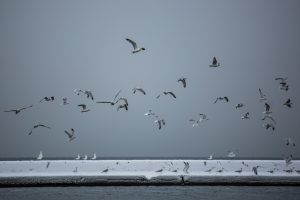Both bird lovers and those tormented by invasive birds need to educate themselves about the local laws related to possession and control of birds. In some cases, a permit or license is needed to keep both native and introduced birds. Some of these birds may become established in the wild, creating a nuisance that impacts crops, domestic animals, humans, property, and ecosystems. Non-native birds can also transmit disease and displace native species.
When individuals have a problem with a nuisance bird, they should consult a pest control company that knows the legal bird control measures. Be aware that under section 34 of the Wildlife Act a person commits an offence if they possess, take, injure, molest or destroy a bird, its nest or its eggs.
While all birds are considered wildlife and receive protection under the Wildlife Act, some species of birds are classified as invasive and can be destroyed without a permit. A reputable professional can identify these invasive birds, which include crows (except common ravens), black-billed magpies, European starlings, house sparrow, rock doves and brown-headed cowbirds.
Migratory birds like ducks, geese, brant, coots, mourning doves and band-tailed pigeons can also cause crop damage and other problems. Permits can be issued for control measures. A pest control company working with the Canadian Wildlife Service can help with this process.
Raptors like hawks, falcons and eagles can cause damage to domestic animals like poultry, rabbits, cats and dogs. A pest control company can help home and business owners prevent loss through physical measures to prevent incidents and scare off raptors. Some of these control measures include placing netting or chicken wire strategically around domestic animals, removing possible perches like large isolated tress or placing cones on top of poles, and erecting scarecrows, scare devices or electric pole shockers.

